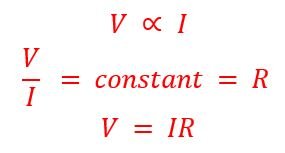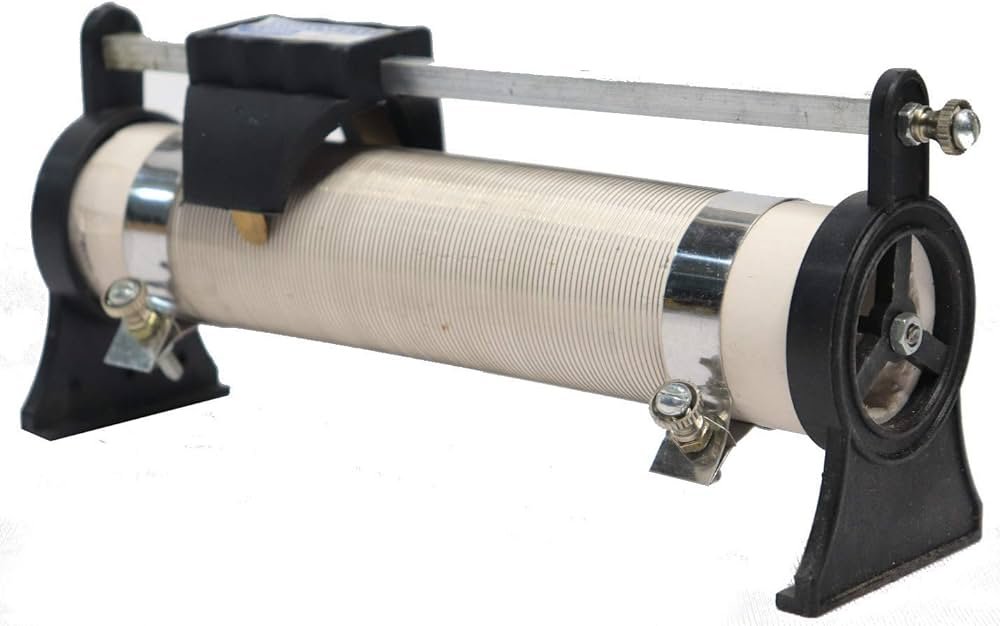Ohm’s Law
OHM’S LAW
- Ohm was the first scientist to establish a relationship between the potential difference across the ends of a conductor and electric current passing through it.
- According to this law, the potential difference across the ends of a given conductor in an electric circuit is directly proportional to the current flowing through it at a constant temperature and pressure.
 where, R is a constant for the given metallic wire at a given temperature and is called its Resistance.
where, R is a constant for the given metallic wire at a given temperature and is called its Resistance. - It is the property of a conductor to resist the flow of charges through it.
- Its SI unit is ohm, represented by the Greek letter Ω.
According to Ohm’s law, R=V/I
- 1 ohm
- If the potential difference across the two ends of a conductor is 1 V and the current through it is 1 A, then the resistance R, of the conductor is 1 Ω. That is,

- If the potential difference across the two ends of a conductor is 1 V and the current through it is 1 A, then the resistance R, of the conductor is 1 Ω. That is,
We can also write,

Hence,
- The current through a resistor is inversely proportional to its resistance.
- If the resistance is doubled the current gets halved.
- A component used to regulate current without changing the voltage source is called variable resistance. Such a device is called Rheostat.

NOTE:
- We know that motion of electrons in an electric circuit constitutes an electric current.
- The electrons are not completely free to move within a conductor. They are restrained by the attraction of the atoms among which they move.
- A component of a given size that offers a low resistance is a good conductor.
- A conductor having some appreciable resistance is called a resistor.
- A component of identical size that offers a higher resistance is a poor conductor.
- An insulator of the same size offers even higher resistance.
